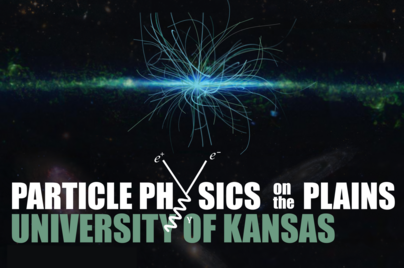Speaker
Description
The coupling of axions or axion-like particles (ALPs) with photons may enable photons to escape optically opaque regions through the $\gamma\to a \to \gamma$ process by oscillating into ALPs. This is essentially the Light Shining through Wall (LSW) technique, applied in an astrophysical environment. We take the LSW technique and demonstrate that astrophysical environments like obscured magnetars are particularly suitable for this purpose. A fraction of the photons emitted by magnetars may convert to ALPs, pass through the nebula, and oscillate back to photons in the presence of the interstellar magnetic fields. Any contribution from the $\gamma \to a \to \gamma$ process is bounded by the observed flux from an obscured magnetar. By analyzing observed data for the magnetar candidate PSR J1622-4950, we constrain the ALP-photon coupling at $g_{a\gamma} \lesssim (10^{-10} - 10^{-11}) \text{ GeV}^{-1}$ for low mass axions ($m_a \lesssim 10^{-12}$ eV). Our study highlights the potential of using obscured magnetars to probe ALP-photon coupling with the LSW approach.

